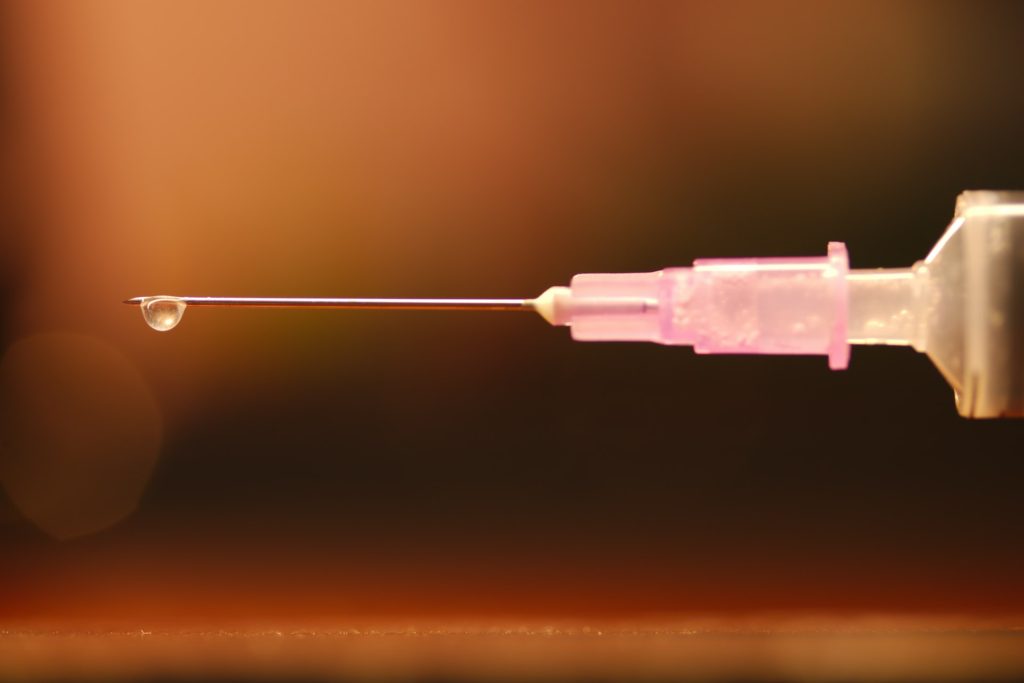Vitamin D Deficiency Shown to Increase COVID Severity and Mortality

A new study conducted by the Azrieli Faculty of Medicine of Bar-Ilan University and its affiliate Galilee Medical Center (GMC) is one of the first to show that vitamin D deficiency before infection is associated with increased COVID severity and mortality. The study is available on the medRxiv preprint server, awaiting peer review.
Vitamin D has attracted attention in prevention of severe COVID as its levels are known to be related to risks of influenza and respiratory tract infections. It also has direct antiviral effects primarily against enveloped viruses, which include coronaviruses.
Previous studies that examined the link between vitamin D levels and SARS-CoV-2 infection had mixed results. Most measured vitamin D levels once patients were already sick, making interpretation of the results difficult. The new study assessed this correlation using low levels of vitamin D measured prior to infection and also focused on disease severity.
The researchers searched for vitamin D levels measured 14 to 730 days prior to positive PCR tests in the records of individuals admitted between April 2020 and February 2021 to GMC in Nahariya, Israel.
Of 1176 patients admitted, 253 had vitamin D levels recorded prior to COVID infection. Compared to mildly or moderately diseased patients, those with severe or critical COVID disease were more likely to have severe pre-infection vitamin D deficiency with levels less than 20 ng/mL.
“This study can highlight the risks of vitamin D deficiency in terms of COVID-19,” said Dr Amiel Dror, of GMC and the Azrieli Faculty of Medicine of Bar-Ilan University, who led the study. “Vitamin D is often associated with bone health. We’ve shown that it may also play an important role in other disease processes, such as infection.”
Prof Michael Edelstein, of the Azrieli Faculty of Medicine of Bar-Ilan University said, “It is still unclear why certain individuals suffer severe consequences of COVID-19 infection while others don’t. Our finding adds a new dimension to solving this lingering puzzle. In Israel, where vitamin D deficiency is common in certain population groups, this finding is particularly important.”
The authors said that the link between low pre-infection vitamin D levels and severe COVID does not necessarily imply that giving vitamin D to COVID patients will decrease the risk of severe disease. However, it does highlight the need to better manage vitamin D deficiency.
Source: Bar-Ilan University









